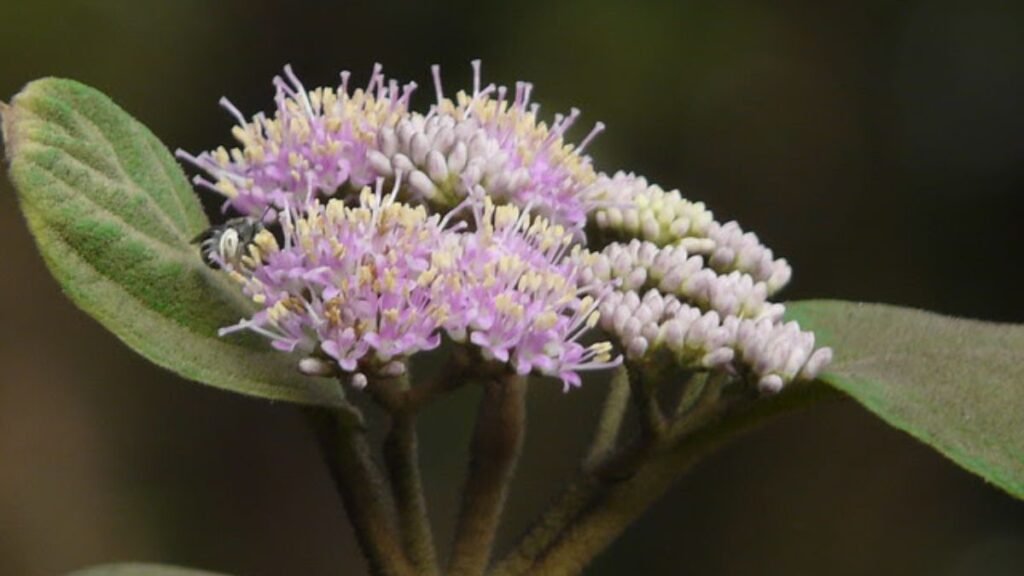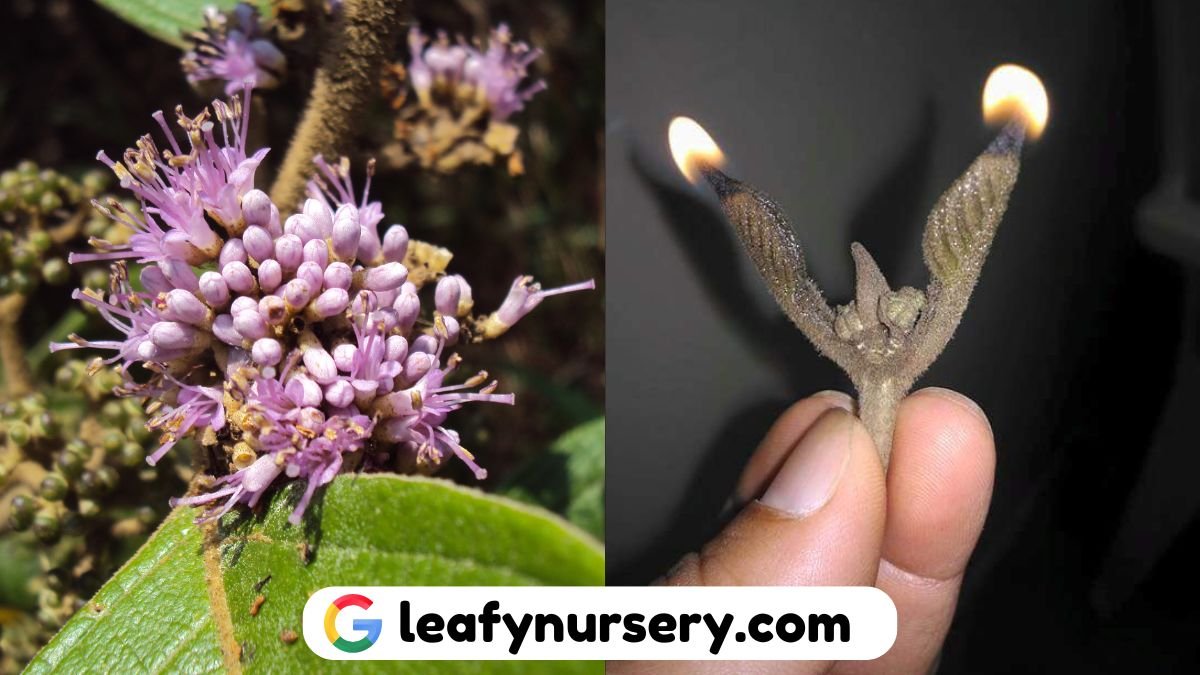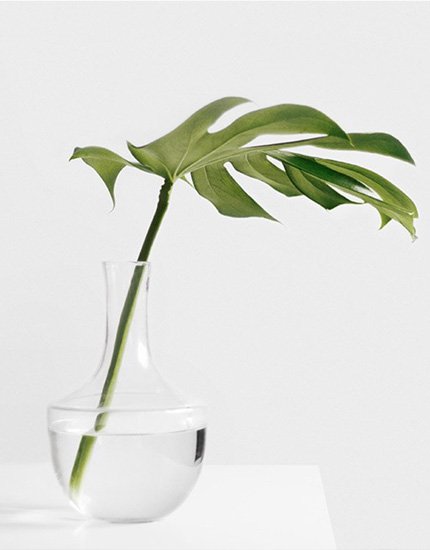Have you heard of a mysterious plant used as a torch by pandavas during their exile period? The medicinal plant known as Pandavara Batti, also called Priyangu in Sanskrit.
It has a large-leaf beauty berry in English, aisar and jhijak in Marathi, kattu-ke-kumil in Tamil, and bodiga chettu in Telugu. It is an evergreen shrub with branches. The leaves are food for the wildlife in the forest.
Depending on the species, its tree height can range from 1 to 5 meters. Its species can reach almost two meters while growing in the Himalayan region.
The leaves are opposite each other, lance ovate to lance oblong in shape, tapering (shortening to elongated), rounded at the edges, toothed, hairless above, yellowish or fuzzy, and dark green below. Its young branches, undersides, leaf petioles, and flower cluster stalks are all velvety woolly. This species’ leaves, which occur in the Himalayan region, are 10–25 cm long, 5-7.5 cm wide, and up to 1.0–1.5 cm long at the leaf stalk.
Pandavara batti plant botanical name is Callicarpa tomentosa, and it belongs to the verbenaceae (verbena family) family. In the scriptures, Maharshi Charak referred to priyangu, also known as pandava batti, as “urine bleaching,” which means that it purifies urine and decolorizes its color, and “purish collectable,” which means that it increases and facilitates the movement of stool.
Priyangu is a collection of herbs that has been used as a medicinal herb since ancient times. Some Ayurvedic masters have also categorized it as an herb in various classes in their writings.

History of Pandavara Batti
Pandavara Batti emits light when a small amount of oil is put to its leaves, which burn like a lamp wick. Legend has it that the Pandavas lighted the tree by putting oil on its leaves and setting them on fire when they were banished. The plant was thus called pandava batti or “Pandavara Batti,” which translates to “torch” or “torch of the Pandavas.”
Where can I find Pandavar Batti?
The plant is used in numerous South Indian temples, including the Ayyanar Temple and the Bhairavara Temple in Tamil Nadu, and is mainly found in the Western Ghats of India and Sri Lanka.
Fruits, Flowers, and Seeds
Pandavara Batti, also known as Pandava Batti, has dense conical clusters of flowers that can grow up to 5 cm in length. The petals and branches of these flowers are bifurcated, and the flower cluster stalks are 12.5 cm long. Its pink or red blossoms measure around 4 mm across.
The bell-shaped, somewhat 4-toothed, thickly velvety-hairy calyx is approximately 1.7 mm long. Like the calyx, each flower is shaped like a roughly 2.5 mm long tube with a slightly 2-wrapped, 4-shortened lobe. It has four stamens that are ovate-oblong and widely spaced, and they are around 0.8 mm long. The globular, white fruit has a 2-3 mm diameter and a firm endocarp that typically splits into four, single-seeded pyrenes.
The advantages of pandavara or pandava batti
Using pandavara or pandava batti medicinally:
- Its fruits are used to make wine and jellies but have a little astringent flavor, similar to berries.
- A paste made from its bark is applied to the forehead to alleviate headaches.
- In addition to being used in face packs to enhance facial complexion, priyangu bark powder is also applied topically to gums to relieve inflammation and discomfort.
- Powdered priyangu bark is used as a dusting agent to stop wounds from bleeding.
- A 30–40 ml decoction of priyangu (Callicarpa macrophylla) bark is administered to halt internal bleeding in cases of peptic ulcers and internal hemorrhoids.
- Pandavara batti or pandava batti ayurvedic medications
- An ayurvedic medication called Devdarvarishta has long been used to treat skin conditions, particularly those brought on by digestive disorders, diabetes complications, and problems with urine excretion.



